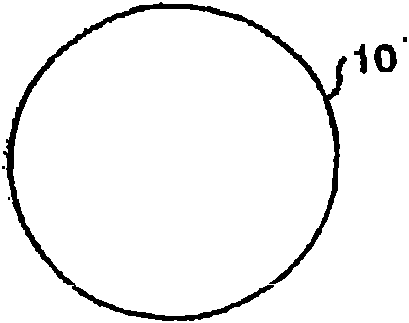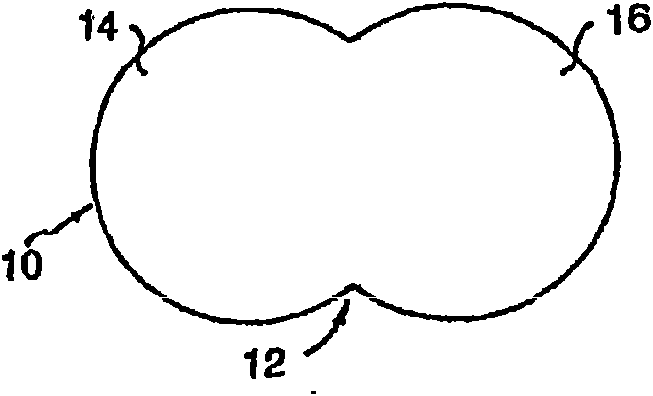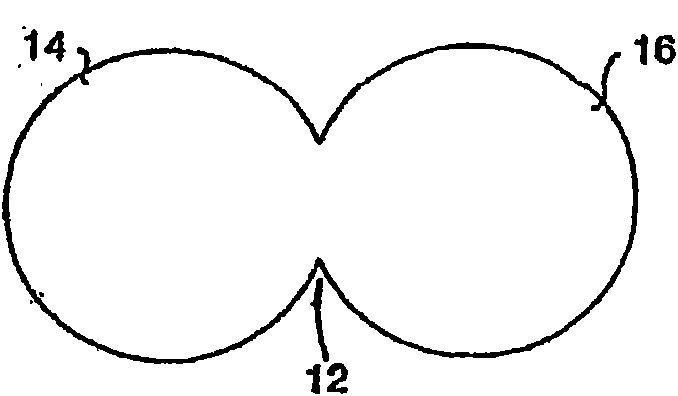Treating bacteria with electric fields
An electric field and bacteria technology, applied in the field of non-target cells, can solve the problems of different cell geometry and dielectric properties, dependence on distinguishing ability, damage to normal cells, etc.
- Summary
- Abstract
- Description
- Claims
- Application Information
AI Technical Summary
Problems solved by technology
Method used
Image
Examples
example 1
[0114] To demonstrate the effectiveness of electric fields having the above properties (eg, frequencies between 50 KHz and 500 KHz) in destroying tumor cells, the electric fields were used to treat mice with malignant melanoma. Two pairs of insulated electrodes 230 were placed on a corresponding pair of malignant melanomas. Only one pair was connected to the generator 210, and an alternating electric field (TC field) at 200 KHz was applied to the tumor for 6 days. One malignant melanoma was left untreated to compare treated and untreated tumors. After 6 days of treatment, the stained malignant melanoma remained clearly visible on the untreated side of the mice, whereas no tumor was visible on the treated side of the mice. The only discernible area visible on the skin is the mark representing the insertion point of the insulated electrode 230 . The fact that the tumor on the treated side was eliminated was further demonstrated by incising and inverting the skin to expose its ...
example 2
[0175] The experiment was also carried out on two different types of bacteria, Pseudomonas aeruginosa strain PAO1 and Staphylococcus aureus strain SH1000. All strains were grown in LB medium (1.0% tryptone, 0.5% yeast extract, 1% sodium chloride). The fresh flat plate bacterial strain that broth medium is cultivated is cultivated at 37 ℃ for 15 hours in the orbital shaker flask (220RPM) of 3ml liquid medium, then is diluted to predetermined 595nm absorbance in fresh LB broth medium, obtains desired like this. CFU / ml.
[0176] Figure 32A The structure of the electrode 1610 used in the experiment is shown. Each electrode is 15mm long and 5mm high. The electrode comprises an electrical conductor 1611, the outer surface of which is coated with a thin layer of lead magnesium niobate-lead titanate (PMN-PT) ceramic insulating layer 1612, a material with a high dielectric constant (ε > 5000), Their capacitance values are thus about 10 nF each. The rear of the conductor 1611 wa...
PUM
| Property | Measurement | Unit |
|---|---|---|
| Large diameter | aaaaa | aaaaa |
| Conductivity | aaaaa | aaaaa |
| Conductivity | aaaaa | aaaaa |
Abstract
Description
Claims
Application Information
 Login to View More
Login to View More - R&D
- Intellectual Property
- Life Sciences
- Materials
- Tech Scout
- Unparalleled Data Quality
- Higher Quality Content
- 60% Fewer Hallucinations
Browse by: Latest US Patents, China's latest patents, Technical Efficacy Thesaurus, Application Domain, Technology Topic, Popular Technical Reports.
© 2025 PatSnap. All rights reserved.Legal|Privacy policy|Modern Slavery Act Transparency Statement|Sitemap|About US| Contact US: help@patsnap.com



